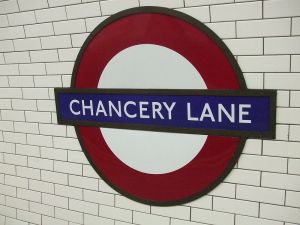Francis Boorman has discussed Chancery Lane before in a previous podcast on History SPOT called Chancery Lane: politics, space and the built environment, c.1760-1815. That paper was delivered in 2011 so this gives us an opportunity to catch up on his work.
This paper investigates Chancery Lane as the intersection between the City and Westminster. It is a local investigation into what Jerry White calls the dynamics of urban renewal in London in terms of a public collective. For parts of that argument see the podcast City Rivalries and the making of Modern London, 1720-1770 by Jerry White also in 2011. The paper investigates this model in opposition to that offered by Eric Hobsbawm about the negotiations of individual citizens in the public sphere, but with influence from Peter Clark’s argument concerning the dissociation of parish administrators with the local elite.
The public space of Chancery Lane took a long time to progress and change because of politics between rival local interests, none of which could easily agree on their individual responsibility or ownership. Francis Boorman examines the models presented by other historians and considers what this might mean for his study of Chancery Lane, which intersected both the City and Westminster.

